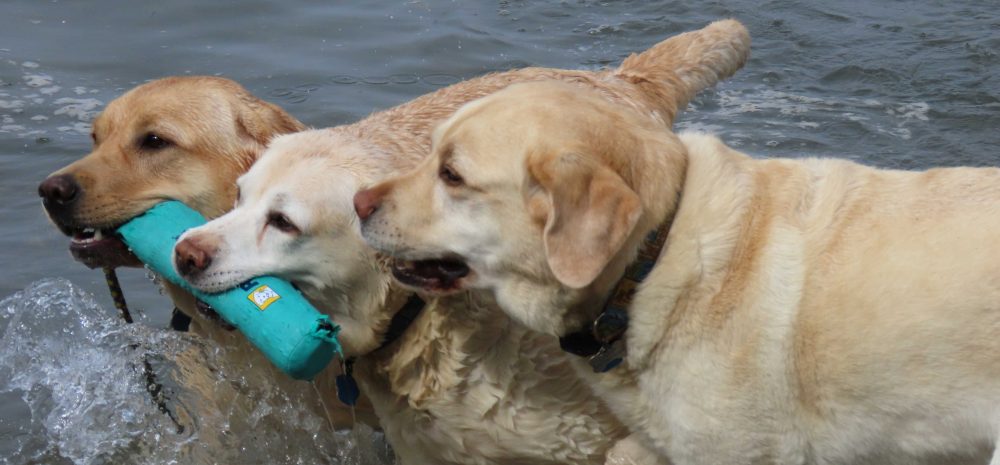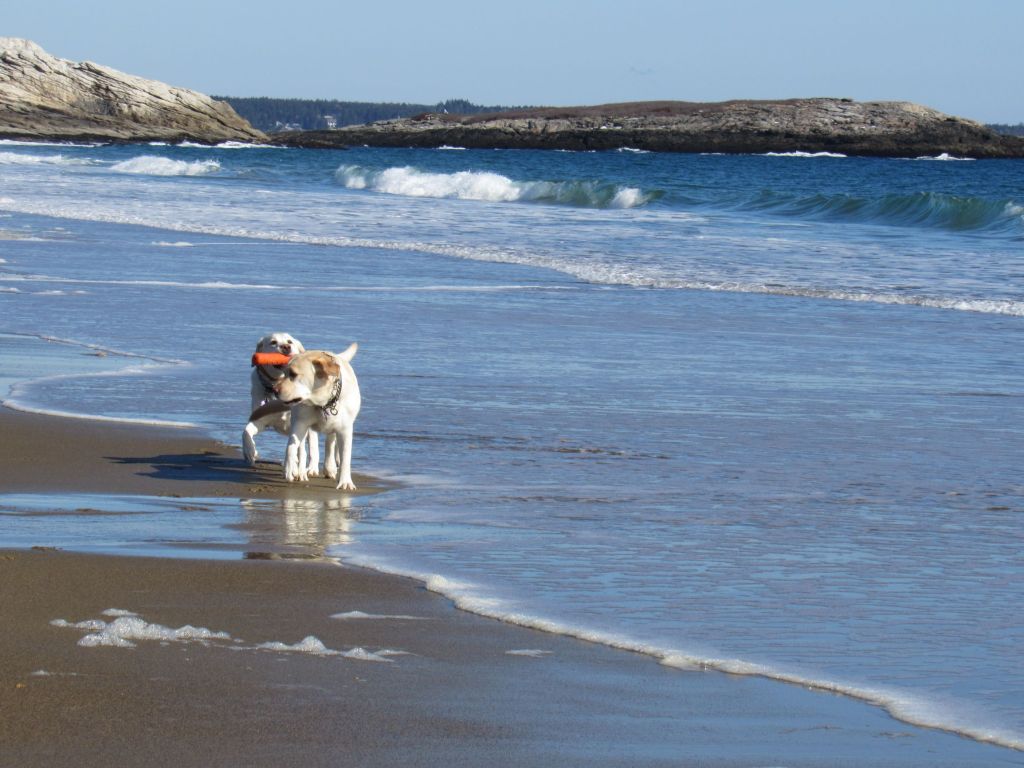
It is a sodden mess on our hillside this first week of spring.

The equinox was followed by a howling storm, starting with snow but soon progressing to sleet and rain. Lying in bed, wind screaming and the power out, I could not sleep. When I went downstairs, I found the full moon illuminating a sparkling ice-coated world, with our river birches bent to the ground.

Daylight revealed that several of the birches had snapped and branches were down everywhere, including one large white pine branch that crushed the little paw-paw tree that I had hoped would finally bloom this year.

It was the thickest ice coating I have ever seen from a storm.



Slow to melt, for the next several days, the tinkling and crashing of breaking ice accompanied the sweet call of our male cardinal trying varying vantage points to attract a mate.

He, along with the woodcock and skeins of geese, were early to announce their arrivals. Starting in February, the cardinal’s “sweet, sweet, sweet, sweet” started just before sunrise. Our bluebird flock stayed around all winter, chattering and periodically checking out the birdhouses.

I first heard the woodcock’s buzz-buzz call on March 2–by far the earliest I have heard it. The goldfinches and waxwings have been very active, noisily raiding seeds, berries and apples that have made it through the winter.

The bluejays, crows, and ravens are the most raucous, especially when warning that hawks and eagles are overhead. All in all, between the ice, wind, and birds, it has been a noisy spring.

Although lately, we have not been outside much. It has been raining, pretty much without letup, for weeks before and after the ice storm. Dreary gray skies and steady cold rain, day after day. The ground is supersaturated and there is a lot of flooding. In fact, Maine had a pretty devastating winter, weather-wise, with several mammoth storms that battered the coast. We are lucky to be on our hill.

Most of the winter was not very wintry. November was quite mild and we were in shirt sleeves when our son and daughter-in-law visited us from Georgia for Thanksgiving. They had not been here in several years so it was such a pleasure to spend time with them and to have them here for Thanksgiving—my favorite holiday.

A quick snow in early December was long gone by Christmas when our daughter and grandchildren came for a visit.


The weather was so mild, in fact, that our daughter, Alexis, and I took Scout for a hike on nearby Clarry Hill.


More snow came in January, especially delightful to Alice, who races around in it despite her increasing age.

But, it too, was short lived, leading us (and the birds, apparently) to think that we might have an early spring.

I got my pruning done in early February and a dormant spray on my fruit trees. I was hoping to get another spray in before bud swell, but have not been able to because of the incessant rain. If it keeps up, I do not know when things will be dry enough for planting.

In the meantime, we continue with our indoor winter pursuits. George has been busy making the most beautiful creations from the apple and cherry wood he has harvested from our land.

After careful drying, it was finally was ready for him to work with this winter.


He made me a salmon for Christmas

and each of the grandchildren designed their own shapes—a basking shark, clouds and a sword.

George carefully selected the pieces for their interesting and beautiful grain, and it is extra sweet to be able to see and use these pieces because they come from our land.

The dogs enjoy joining him in the shop.

We perfected pizza-making in our little Ooni pizza oven,

and I covered chair cushions from fabric I brought home from Sweden.

Mostly, my winter was full of spinning and weaving.

I wove some sauna towels,

dishtowels for presents, and several bands.

My favorite project, though, was some Swedish daldräll.


The dark pattern threads are linen from flax that I grew and processed.

I made a jacket and dress from the fabric.

The dogs are thriving.

Alice is almost ten and getting a little stiff.

She enjoys her throne on the couch where she can watch all the activity in the house and on the road.

Capp is almost eight now and gets sweeter and more affectionate all the time. Scout is two, full of joy and enthusiasm. She adores George and watches for him when he is gone.

She will sit or lie for hours in front of the woodstove, mesmerized by the flames and getting a hot head.

We had several rooms of the house painted last week and combined that with spring cleaning. I hate housecleaning, but with the rain outside, it was the perfect time to do it.

The onions, leeks, artichokes and peppers are planted and in the window of my loom room. We are ready to move to our outside work. Now, if the sun would just come out!














































































































































































































































































































































































































































